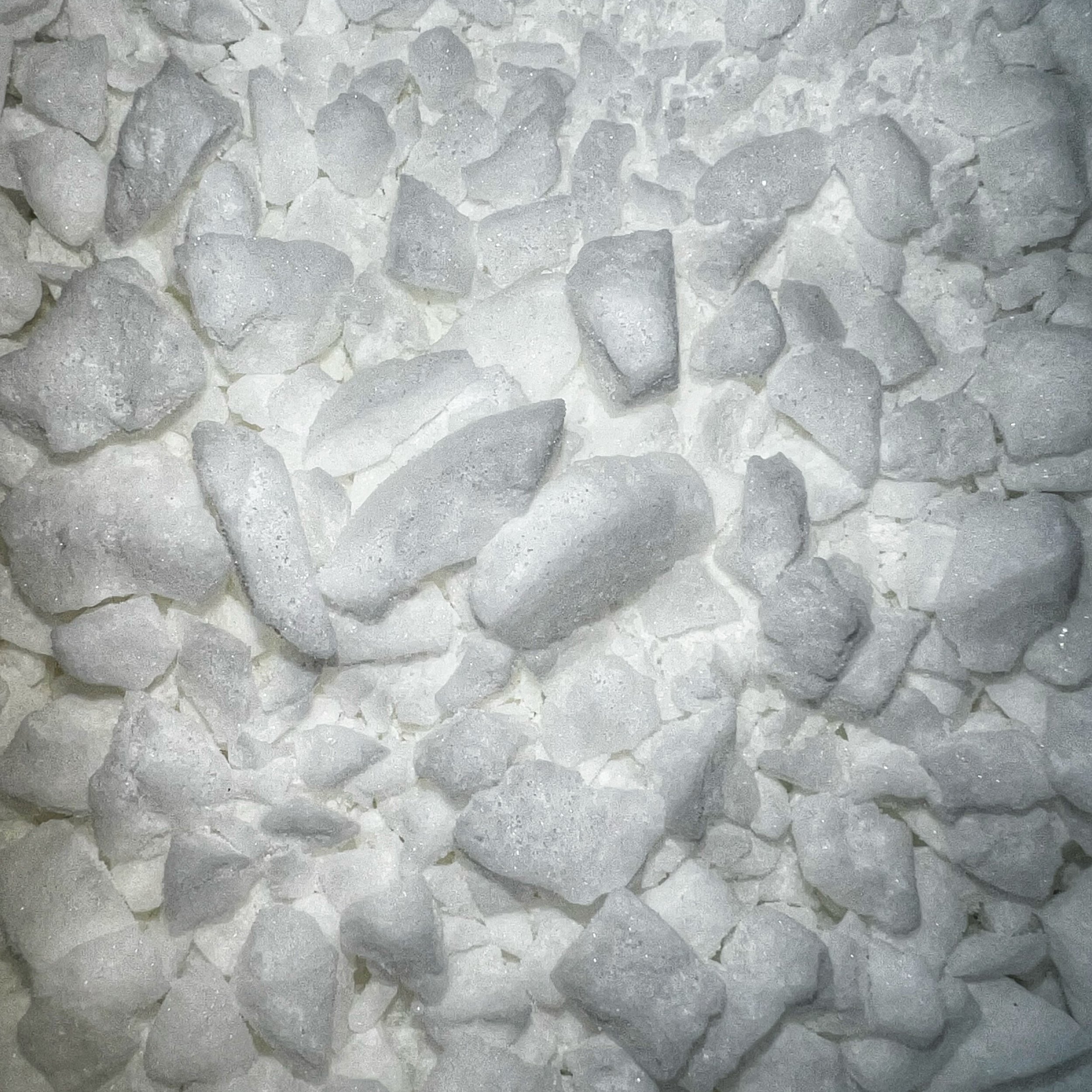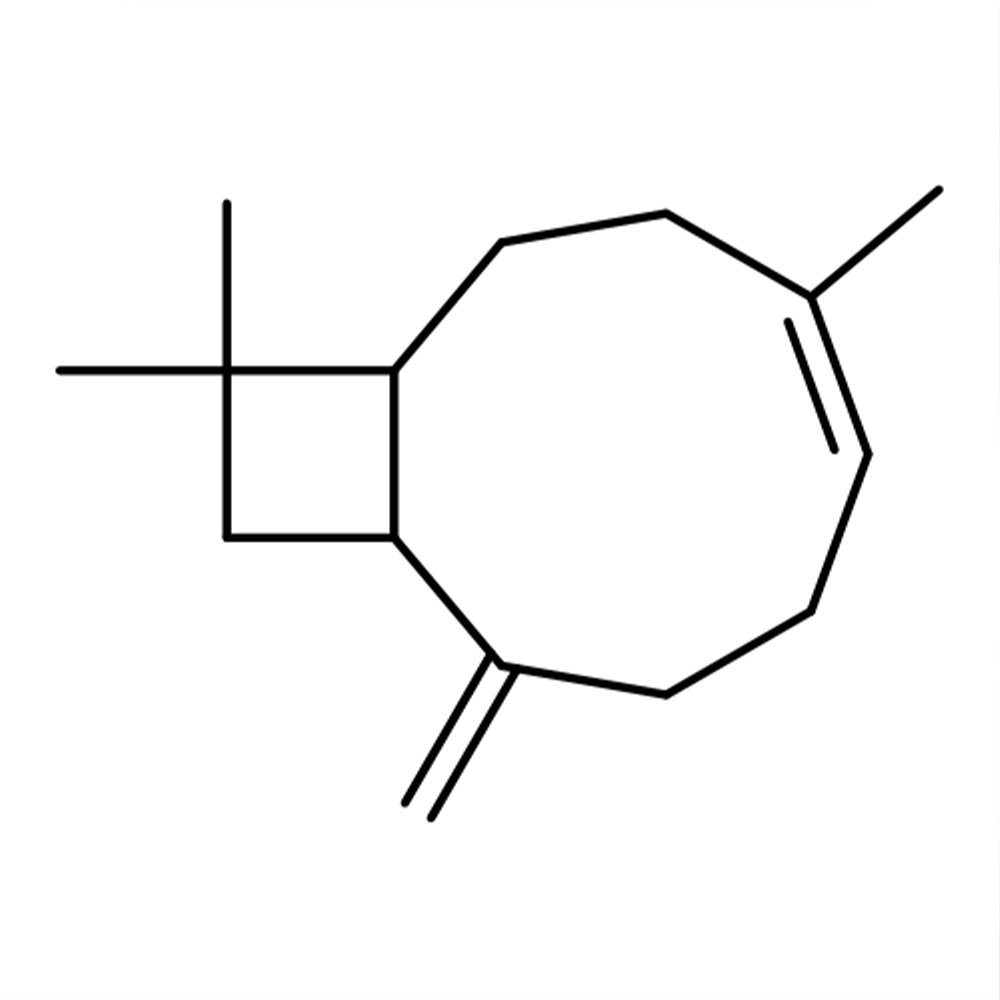Synthetic Ingredient Overview
🏭 Manufacturer: Various (formerly PFW, now Firmenich, IFF, Symrise)
🔎 Chemical Name: 1-(3,5,5,6,8,8-Hexamethyl-5,6,7,8-tetrahydro-2-naphthalenyl) ethanone
🧪 Synonyms: Fixolide, Musk Tetralin
🧬 Chemical Formula: C₁₆H₂₆O
📂 CAS N°: 21145-77-7
📘 FEMA: Not approved for flavor use
⚖️ MW: 258.40 g/mol
📝 Odor Type: Musk
📈 Odor Strength: Medium; tenacity exceeds 400 hours in 10% DPG solution
👃🏼 Odor Profile: Musky, dusty, humid, dry-woody, ambery, earthy, crystalline
⚗️ Uses: Fixative and musk heart in masculine fougères, woody blends, and base-heavy compositions
🧴 Appearance: White crystalline powder or chunks
What is Tonalide?
Tonalide is a second-generation synthetic musk in the polycyclic musk (PCM) family, originally developed in 1954 by PFW (Polak’s Frutal Works). It belongs to the tetralin-based class of musks, distinct from earlier nitro musks or macrocyclic musks in both structure and performance. The molecule delivers a soft, persistent musky odor with a unique earthy-ambery dimension and excellent alcohol solubility. Unlike earlier indane-based musks such as Phantolid, Tonalide exhibits improved stability and color performance, although its musk strength is concentration-dependent, improving notably at <5%.
It gained early success in perfumery as a musky fixative for toiletries, masculine blends, and synthetic fougères, often in synergy with coumarin and nitromusks.
Olfactory Profile & Perfumery Applications
Tonalide is prized for its non-animalic, persistent musk quality. It offers:
High tenacity (400+ hours on strip)
Pleasant transformation at low concentrations (sweet-musky > musty)
Diffusion-enhancing properties in aldehydic, floral, and woody accords
Typical applications include:
Masculine fragrances, especially fougère and woody-aromatic formats
Powdery-musked base blends (in place of macrocyclics)
Layering with other PCMs (e.g., Galaxolide, Celestolide) or nitromusks
Functional perfumery (fabric softeners, deodorants, soaps)
It pairs well with coumarin, patchouli, ambers, and soft florals.
Historical Background and Development (1954–1980s)
Tonalide's discovery stemmed from structure-odor research into methyl-substituted indane and tetralin derivatives. Its direct precursor, Phantolid, was developed in the early 1950s, but chemists at PFW hypothesized that adding methyl groups would amplify muskiness. Their first synthesis attempt in 1954 unexpectedly produced a tetralin-based ketonedue to a 1,2-hydride shift during acid-catalyzed alkylation, not the intended indane derivative.
Despite the structural misassignment in the original patent, the resulting compound exhibited excellent musk character. Tonalide was formally patented on October 11, 1954. Later analytical correction reclassified it from a heptamethyl indane to a hexamethyl tetralin ketone.
By the 1980s, Tonalide had become the second most employed PCM after Galaxolide, used in signature fragrances like:
YSL Paris (1983) – alongside musk ketone and Galaxolide
CK Obsession (1985) – as part of a musky base
Dior Fahrenheit (1988) – with an inclusion rate up to 11%
Its rise coincided with growing industry demand for non-nitro, color-stable musks with moderate cost and high alcohol solubility.
Chiral studies in the 1990s also revealed stereochemical dependencies in musk perception. The (3S)-enantiomer of Tonalide exhibits a “strongly musky odor”, while the (3R)-isomer is described as “light and aromatic.”
Industrial & Technical Uses
Tonalide is used primarily in:
Fine fragrances (especially masculine lines)
Functional perfumery (soaps, detergents, deodorants)
Textile fragrances and ambient scenting
Due to its low odor threshold and long drydown, it provides excellent fixative properties with modest volatility, making it suitable for low-cost bulk applications.
⚠️ Not approved for food or flavor use (no FEMA number).
Regulatory & Safety Overview
IFRA 51st Amendment: Restricted in several categories; reference specific IFRA standards
EU Cosmetic Regulation: Not listed among the 26 declarable allergens
REACH / ECHA: Classified as PBT/vPvB under environmental criteria
Toxicology: Concerns over bioaccumulation and aquatic persistence have led to reduced use in some countries
Phototoxicity / Sensitization: No direct dermal sensitization, but potential accumulation risks exist
✅ Suitable for use in perfumery under IFRA-conformant levels; environmental precautions apply.
Additional Information
Tonalide marks a key transitional point in polycyclic musk chemistry, bridging earlier indane-based musks and modern tetralins. Its musky profile helped define the olfactory character of 1980s–1990s perfumery, particularly in masculine and fougère formats.
Despite declining popularity due to ecotoxicological concerns, it remains a benchmark material for musk accord construction, and its role in the history of synthetic musks is foundational.
Sources
Perfume and Flavor Chemicals, S. Arctander, 1969
A Chemical History of Polycyclic Musks, Dr. Olivier R.P. David
PubChem Compound Summary for CID 89440 – Tonalid
IFRA 51st Amendment Documentation
Scentspiracy Archive – Musk Ingredients and Fixatives













